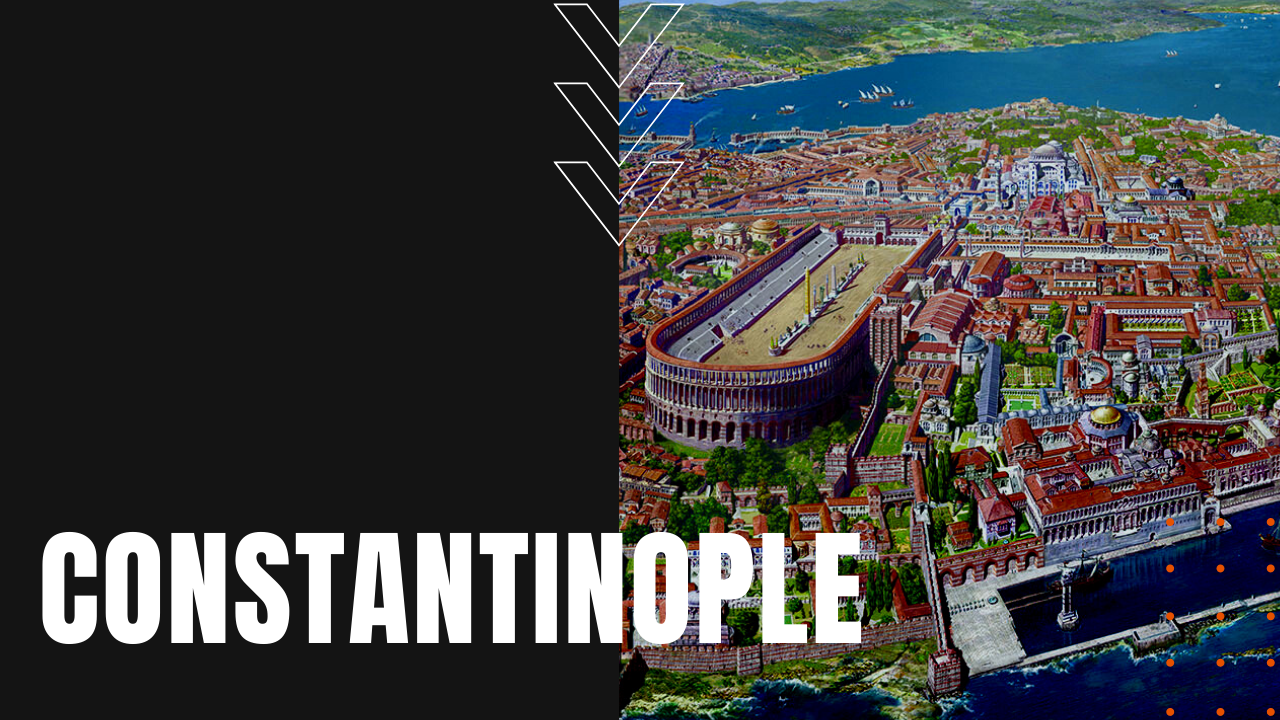Constantinople: Queen of Cities Ultimately Conquered

Founded by ancient Greek ruler Byzas in 657 BCE, Constantinople flourished for centuries due to its geographic location between Europe and Asia. Ruled over the years by Romans, Persians, Athenians, Spartans and Macedonians, in 324 A.D., Roman emperor Constantine the First renamed Constantinople “Nova Roma” or New Rome, embellishing his second capital with wide streets lined with statues of great rulers from the past, creating a thriving trading port that would become known as the Queen of Cities.
Governed by Roman Law, the city would serve as a melting pot of races and cultures as merchants and mariners made the city their home.
The Hippodrome and Hagia Sophia
Surviving for more than 1,100 years as the Byzantine capital, the city still sports the Hippodrome, which was originally built by Severus in the third century A.D., serving as an arena for chariot races and parades. At over 400 feet in length, the Hippodrome has a seating capacity of up to 100,000 people.
Another enduring structure is the Hagia Sophia, which was completed in less than six years by a 10,000-man workforce. Also figuring prominently in the heart of the city was Constantine’s Imperial Palace, which featured elaborate mosaics and a grand entrance known as the Chalke Gate.
When did Constantinople Fall?
Following the Great Schism of 1054, when the Christian church split into Roman and Eastern divisions, Constantinople became the capital of the Eastern Orthodox Church. During the Crusades of the early 13th century, the city was sacked in 1204, although the Byzantines retook control of Constantinople in 1261.
After the Ottoman Empire took control of the city in the 15th century, the long Ottoman reign disintegrated in the early 20th century, as it struggled to maintain a bloated bureaucracy during the Balkan Wars, World War One and the Greco-Turkish War.
In 1923, following the Treaty of Lausanne, the Republic of Turkey was formally established, and by 1930, the city of Constantinople was renamed to Istanbul, making the city one of the most important trading crossroads in the history of man.
